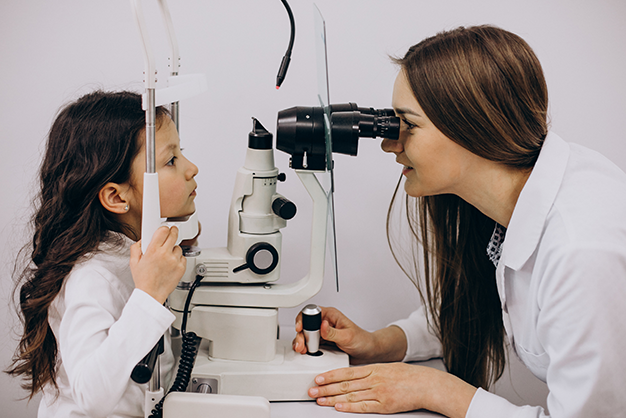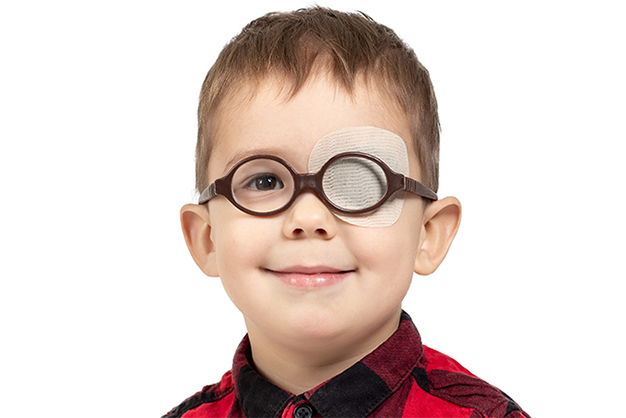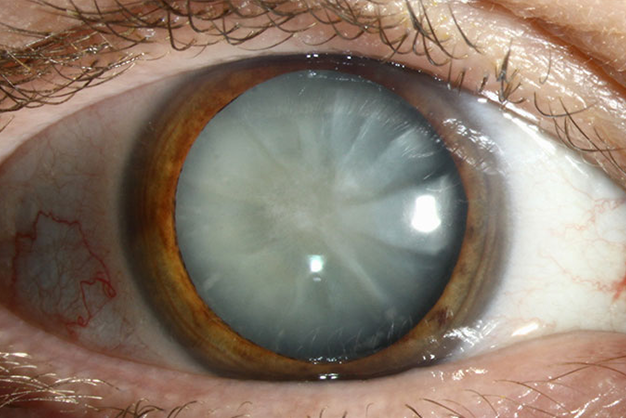
Ophthalmology
Understanding Ophthalmology: A Comprehensive Overview of Eye Health
February 2024

Strabismus and amblyopia are eye conditions that can impact both children and adults, affecting not only the clarity of vision but also the alignment of the eyes. Often interrelated, these conditions require early detection and appropriate interventions to ensure optimal visual development. This article delves into the world of strabismus and amblyopia, exploring their causes, signs, and the corrective measures available for individuals of all ages.
Strabismus: When Eyes Stray from the Path :
Strabismus, commonly known as crossed or misaligned eyes, occurs when the eyes do not align properly. This misalignment can be constant or intermittent and may affect one or both eyes. Strabismus is more than a cosmetic concern; it can impact depth perception and may lead to amblyopia if left untreated.
Causes :
Signs and Symptoms :
Amblyopia: The Consequence of Uncoordinated Eyes :
Amblyopia, often referred to as lazy eye, is a condition where one eye has weaker vision than the other. This occurs when the brain begins to favor one eye over the other, leading to reduced visual acuity in the weaker eye. Strabismus is a common cause of amblyopia, but it can also result from significant differences in refractive errors between the eyes.
Causes :
Signs and Symptoms :
Corrective Measures: Restoring Alignment and Vision :
The Importance of Early Intervention :
Early detection and intervention are crucial for managing strabismus and amblyopia. Pediatric eye examinations play a pivotal role in identifying these conditions during the formative years, allowing for timely corrective measures and optimizing visual development.
Strabismus and amblyopia are conditions that require attention and proactive management to ensure aligned vision and promote healthy visual development. Whether in children or adults, addressing these conditions early on can significantly improve the chances of successful correction and enhance overall visual well-being. If you or your child experiences any signs of misaligned eyes or reduced vision, consulting with an eye care professional is the first step towards a clearer and brighter future.

Ophthalmology
February 2024